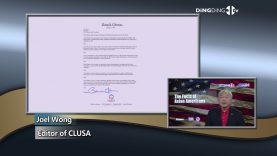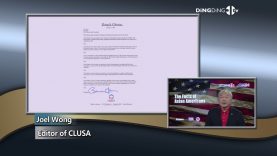What are the challenges facing Asian Americans ? Affirmative Action – Workplace
1. What is Affirmative Action?
It all started with the Civil Rights Movements that changed the Immigration Act which allowed Asians and other non-Europeans immigration to the US. In 1961 President Kennedy signed EO #10925, strengthened in 1965 by President Johnson with EO #11246 which requires government employers to take “affirmative action” to “hire without regard to race, religion and national origin” to prevent employers from discriminating against members of disadvantaged groups. In 1967, gender was added to the anti-discrimination list. Affirmative Actions are important in leveling the playing field in the workplace and in College Admission. The latter has been a divisive issue for Asian Americans!
2.Has Affirmative Action benefited Women and Minorities?
From 1972–1993, % of Female:
– Architects from 3% to 19%;
– Doctors from 10% to 22%;
– Lawyers from 4% to 23%;
– Engineers from less 1% to nearly 9%;
– Chemists from 10% to 30%;
– College faculty from 28% to 42%.
Similarly, it has benefited African and Hispanic Americans, many have entered the executive ranks. Now Women and minorities are running for the Presidency of the US.
3.How can Asian Americans take advantage of Affirmative Action?
Up to recently, Asian Americans did not have political savvy nor power to take advantage of Affirmative Action. In 2006, Candidate Obama signed a six-part questionnaire from 80-20 PAC promising to evaluate data on Asian American and level the playing field.
As a result, Obama appointed many Asians, notably, Steven Chu to run the Department of Energy, Gary Locke as Ambassador to China, Preet Bharara as US Attorney, Denny Chin to 2nd Circuit Court of Appeals, Kal Penn and Hines Ward as Public Liaisons and tried but failed to appoint Goodwin Liu to 9th Circuit Court.







